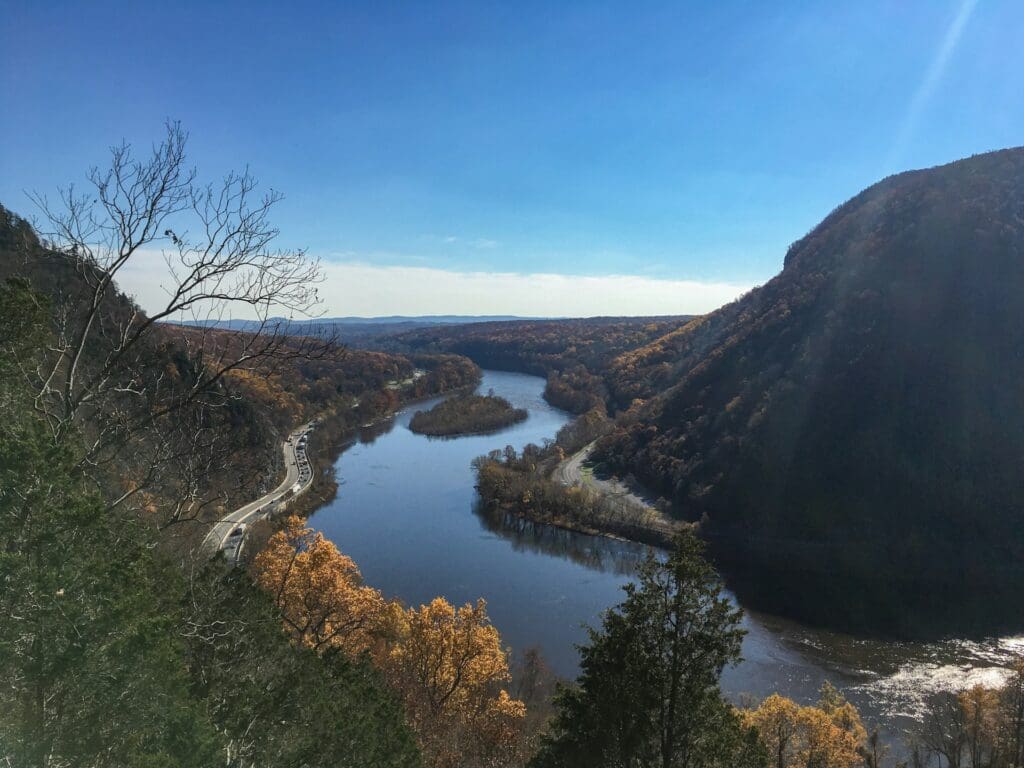A new study suggests that the discovery of an unknown fault line may clarify the unusual shaking patterns from the magnitude 4.8 earthquake that struck New Jersey in April. Although the quake’s epicenter was in Tewksbury Township, the most intense shaking was reported miles away, raising questions about how the seismic energy traveled.
The earthquake occurred on the morning of April 5, with shockwaves spreading across the region, including areas as far as New York City, about 40 to 50 miles from the epicenter. Some minor structural damage was reported in Brooklyn and Newark, New Jersey, despite the epicenter itself experiencing little to no damage. According to the U.S. Geological Survey (USGS), this was the most powerful quake in the region since 1884, with an estimated 42 million people in its range. A record 184,000 people submitted reports stating they had felt the tremor.
Researchers were puzzled by the lack of significant impact near the quake’s origin. Co-author Wong-Young Kim, from Columbia Climate School’s Lamont-Doherty Earth Observatory, explained in a press release that seismic models predicted much stronger shaking near the epicenter. On the 10-point Modified Mercalli Intensity Scale, which measures surface shaking, the quake should have reached a level 7 within six miles of the epicenter. However, residents in that area reported much lower intensity, with only minor cracks in walls and a few displaced objects.
NJ earthquake 2024, caught by my indoor Ring cams. We're 15 miles from the epicenter. pic.twitter.com/ljOFYNW0Iy — Chiller Theatre or Bust (@OBrien64) April 5, 2024
Instead, stronger effects were observed farther away. Three row homes in Newark were damaged, and New York City residents experienced shaking equivalent to a level 4 on the Mercalli scale, with reports of minor damage across about 150 buildings. Even as far as New Hampshire, 280 miles away, residents reported feeling the tremor at a level 3 intensity. Kim explained that typical earthquakes release energy upward toward the surface, making the epicenter the most hazardous area. However, this quake’s energy behaved differently, traveling downward to the boundary between the Earth’s crust and mantle, around 20 miles underground. From there, the energy rebounded upward, with its strongest impact emerging under New York City. After another downward shift, the wave resurfaced in New England, losing strength with each cycle.
Unlike the frequent quakes on the West Coast caused by shifting tectonic plates, earthquakes in the northeastern U.S. result from ancient fault zones formed roughly 200 million years ago. These faults date back to when the continents originally separated, and some regions are still adjusting to those tectonic shifts today, triggering occasional seismic activity.
These recent discoveries have also led news outlets to discuss New Jersey’s volcano, Beemerville, which some refer to as the Garden State’s own geological hotspot.
BREAKING: A preliminary 4.8 magnitude earthquake has been reported in New Jersey near Lebanon. Shaking has been felt throughout Northeast, including New York City, Connecticut, and Pennsylvania.
Did you feel it? We’re following this developing story: pic.twitter.com/Jb32bPdp9q
— The Weather Channel (@weatherchannel) April 5, 2024
The New Jersey Digest is a new jersey magazine that has chronicled daily life in the Garden State for over 10 years.
- Staffhttps://thedigestonline.com/author/thedigeststaff/
- Staffhttps://thedigestonline.com/author/thedigeststaff/
- Staffhttps://thedigestonline.com/author/thedigeststaff/
- Staffhttps://thedigestonline.com/author/thedigeststaff/


